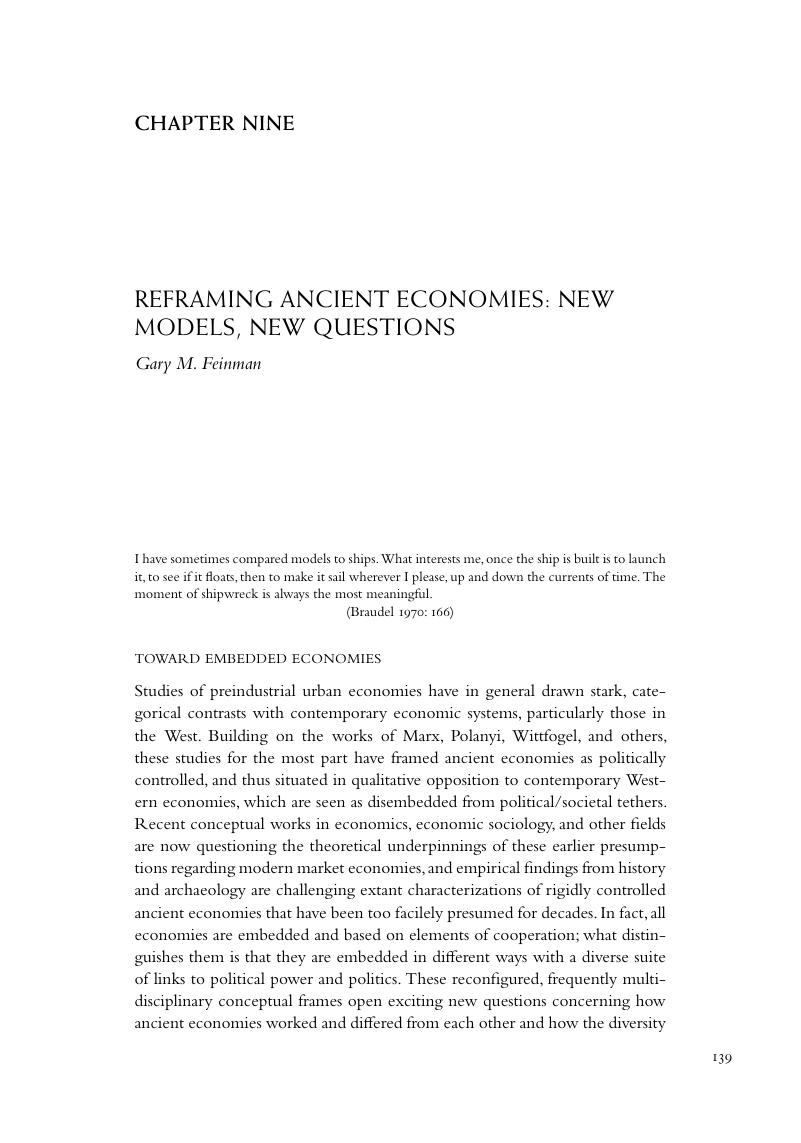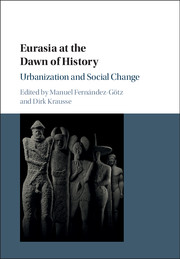Book contents
- Eurasia at the Dawn of History
- Eurasia at the Dawn of History
- Copyright page
- Contents
- Figures
- Tables
- Contributors
- Introduction
- Part I Between Myth and Logos
- Part II The Development of Social Differentiation
- Part III Approaching Social Complexity
- Chapter Eight Early State Formation from a Big History Point of View
- Chapter Nine Reframing Ancient Economies: New Models, New Questions
- Part IV Urbanism through the Ages: Concepts, Models, and Definitions
- Part V Ancient Civilizations at the Turn of the Axis
- Part VI Times of Connectivity: The Mediterranean on the Move
- Part VII Early Urban Cultures from South to North
- Part VIII Changing Symbols, Changing Minds?
- Index
- References
Chapter Nine - Reframing Ancient Economies: New Models, New Questions
from Part III - Approaching Social Complexity
Published online by Cambridge University Press: 28 March 2017
- Eurasia at the Dawn of History
- Eurasia at the Dawn of History
- Copyright page
- Contents
- Figures
- Tables
- Contributors
- Introduction
- Part I Between Myth and Logos
- Part II The Development of Social Differentiation
- Part III Approaching Social Complexity
- Chapter Eight Early State Formation from a Big History Point of View
- Chapter Nine Reframing Ancient Economies: New Models, New Questions
- Part IV Urbanism through the Ages: Concepts, Models, and Definitions
- Part V Ancient Civilizations at the Turn of the Axis
- Part VI Times of Connectivity: The Mediterranean on the Move
- Part VII Early Urban Cultures from South to North
- Part VIII Changing Symbols, Changing Minds?
- Index
- References
Summary

- Type
- Chapter
- Information
- Eurasia at the Dawn of HistoryUrbanization and Social Change, pp. 139 - 150Publisher: Cambridge University PressPrint publication year: 2017
References
- 23
- Cited by

